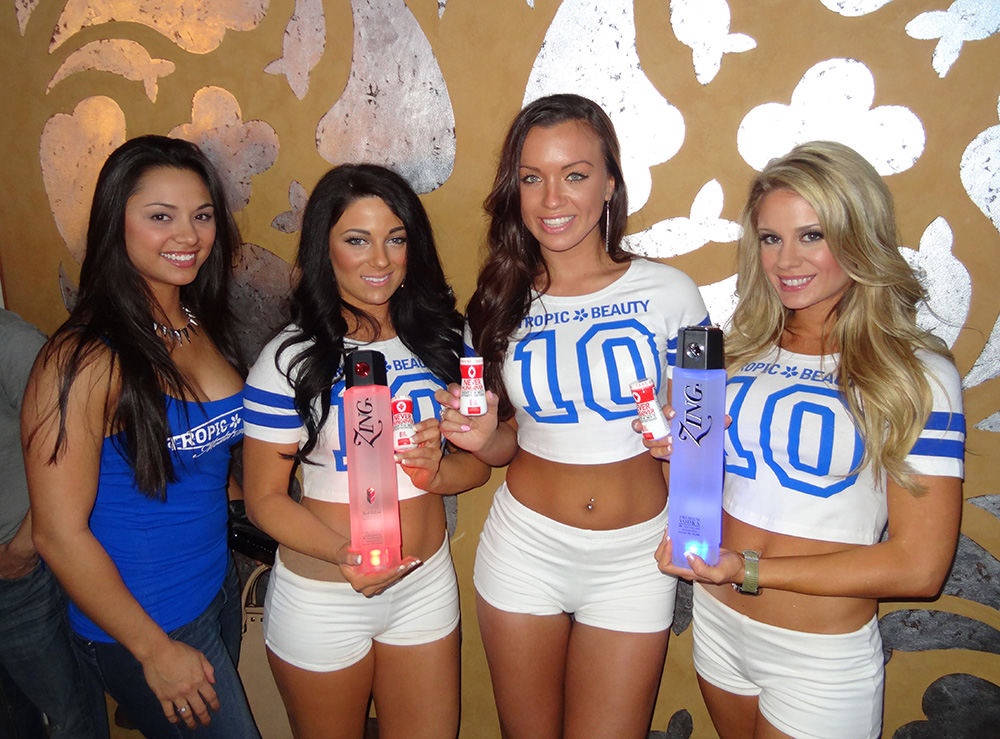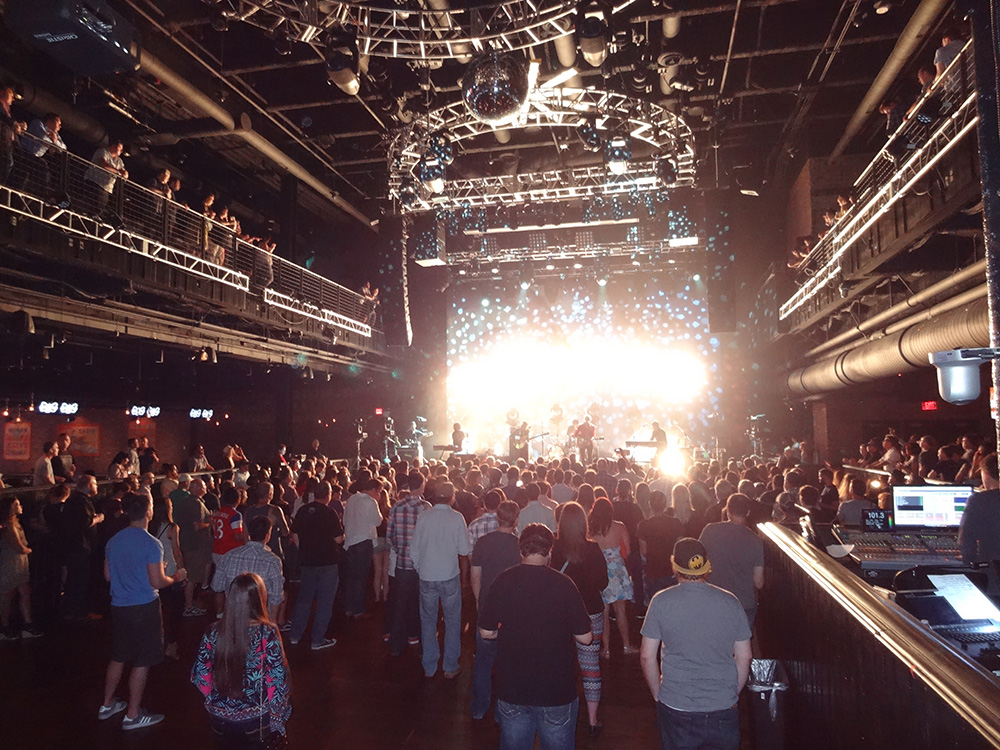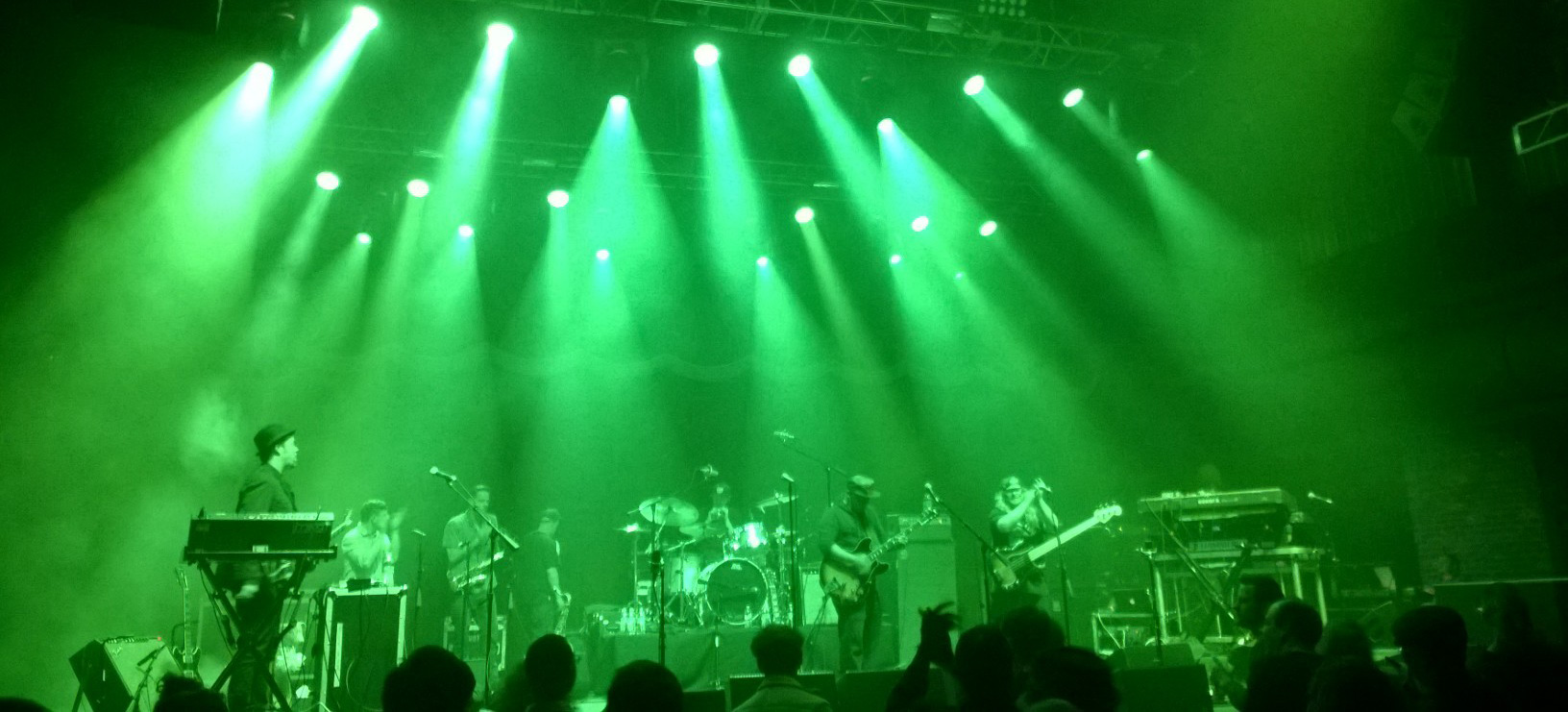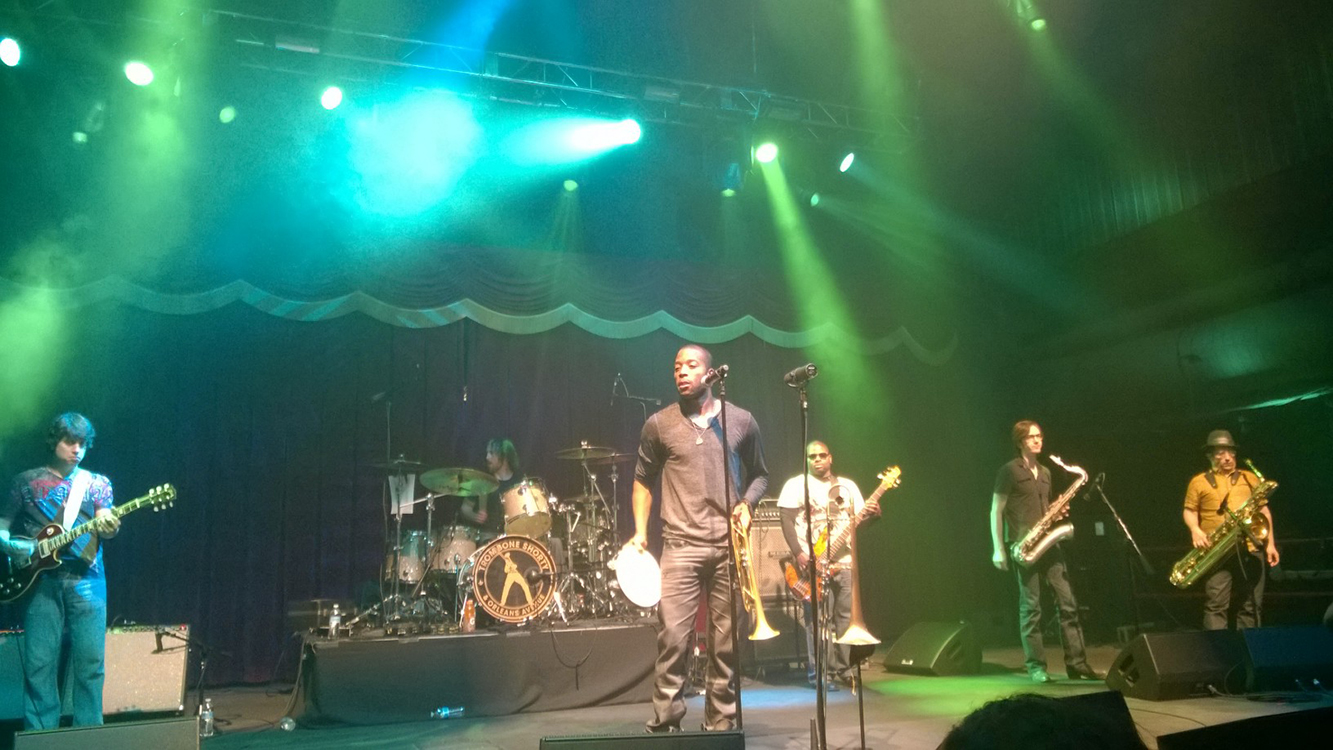Commercial Blitz: Big Advertising Spenders for the Super Bowl
The automotive sector alone spent $99.0 million on ads for the big game in 2015.
 Super Bowl Sunday is the most-watched sporting event of the year. In 2015, 144.4 million viewers tuned in, making it the most-watched broadcast in US history. However, not all viewers were tuning in to watch the New England Patriots and the Seattle Seahawks face off. Many were watching to enjoy the much-anticipated commercials between touchdowns.
Super Bowl Sunday is the most-watched sporting event of the year. In 2015, 144.4 million viewers tuned in, making it the most-watched broadcast in US history. However, not all viewers were tuning in to watch the New England Patriots and the Seattle Seahawks face off. Many were watching to enjoy the much-anticipated commercials between touchdowns.
Last year, $357.8 million was spent on advertisements during the Super Bowl. A 30-second advertisement during the Super Bowl costs about $4.5 million, and 45 companies purchased advertising time. Comparatively, in 2010, it cost $3.1 million for 30 seconds of advertising time, with total advertising expenditure totaling just $209.9 million. However, despite price inflations over the past five years, five sectors continue to have the greatest advertising presence, and their advertising often reflects industry trends.
The automotive sector
In 2015, companies within the automotive sector spent $99.0 million on advertisements, up from $39.9 million in 2010. Six manufacturers within the Car and Automobile Manufacturing and SUV and Light Truck Manufacturing industries purchased commercial time last year, including Toyota, BMW, Daimler AG, Hyundai, Nissan and FCA. Foreign auto manufacturers have dominated Super Bowl advertising, accounting for 77.3% of auto ads in 2015, reflecting foreign manufacturers’ leading position in the US auto market. Last year, imports accounted for 58.0% of domestic demand for automobiles, SUVs and light trucks. As general economic conditions have improved, such as increases in consumer confidence and disposable income, demand for new vehicles followed suit. As a result, advertising for new automobiles on Super Bowl Sunday trended upward as well, mirroring the automotive sector’s recovery.
The technology sector
In 2015, companies within the technology sector spent $74.3 million on advertising during the Super Bowl. This sector includes video games, online tax software, website and domain development software, technology accessory manufacturers and mobile service providers. Over the past five years, this sector increased its spending on advertising an annualized 13.6%. As the number of broadband connections increases, the number of people who can access tools such as website creation software and online tax software, also rises. However, the technology sector’s share of total Super Bowl advertising began to increase in 2011. In particular, the number of ads related to mobile devices, including smartphones, online games and accessories, climbed. Similarly, the number of mobile online connections has surged at an annualized 22.9% over the five years to 2015, contributing to an increased demand for wireless mobile goods and services. As individuals are increasingly going online to manage finances, play games and stream content, IBISWorld anticipates the percentage of services conducted online to increase more than 20.0%. Therefore, the technology sector’s share of Super Bowl advertising is expected to continue to grow.
The food, beverage and beer sector
Last year, the food, beverage and beer sector accounted for 17.6% of total money spent on Super Bowl advertising, spending about $63.0 million. Revenue for the Soda Production industry and the Snack Food Production industry has trended upward in recent years, in response to consumers’ rising disposable income. However, demand for both soda and snacks has weakened as consumers opt for healthier options. As a result of diminished demand, companies have spent less on advertising. Therefore, the food and drink segment has declined an annualized 11.2% as a share of total Super Bowl advertising since 2010.
Brewing company Anheuser-Busch has spent the most money on Super Bowl advertising over the past five years, as beer has become a staple in the football viewing experience. Last year, Anheuser-Busch aired three commercials during the Super Bowl, spending $18.0 million on Budweiser advertising and $13.5 million on Bud Light advertising, totaling $31.5 million. Anheuser-Busch is the largest and lone beer advertiser because of a multiyear contract with the NFL that allows them to advertise NFL team logos and the Super Bowl logo on all products until 2022. Consequently, Budweiser, Bud Light and other Anheuser-Busch commercials will continue to air during the Super Bowl going forward. The company’s position in Super Bowl advertising reflects its domination of the Breweries industry, where it controls 43.8% of revenue before accounting for the SABMiller acquisition. Furthermore, this monopoly on Super Bowl advertising is likely to become more important in the coming years as traditional brewers such as Anheuser-Busch continue to be challenged by craft beer breweries.
The media sector
During last year’s Super Bowl, the media sector contributed 10.1% of total advertising expenditure, accounting for $36.0 million and four minutes of ad time. This sector includes the Movie and Video Production industry, which has increased its Super Bowl spending at an annualized rate of 17.0% over the past five years. Advancements in video equipment are allowing production companies such as Walt Disney Pictures, Universal Pictures and Paramount Pictures to create increasingly sophisticated productions; however, demand for box-office movies has dwindled, as many individuals choose to opt for at-home viewing and online streaming. For instance, the Movie and Video Production industry’s revenue only increased at an annualized 0.7% from 2010 to 2015. As a result of stagnating demand, production companies have increased spending on advertising during the Super Bowl to attract more customers.
The financial sector
In 2015, the financial sector was the fastest-growing advertiser of the five sectors with the most Super Bowl advertising presence, spending $24.8 million, up from $6.6 million in 2010. The financial sector includes companies within the Credit Card Issuing industry, as well as companies within various insurance industries. Insurance companies such as Esurance, Geico and Nationwide aired commercials during the Super Bowl last year. Housing starts and new car sales have increased substantially over the five years to 2015, growing at an annualized 13.5% and 7.6%, respectively. Consequently, consumers who purchase these big-ticket items are more likely to invest in insurance, bolstering insurance sales. As housing starts and new car sales continue to rise, IBISWorld expects insurance companies to continue advertising during the Super Bowl.
Follow IBISWorld on Twitter: https://twitter.com/#!/
Friend IBISWorld on Facebook: http://www.facebook.com/pages/
About IBISWorld, Inc.
Recognized as the nation’s most trusted independent source of industry and market research, IBISWorld offers a comprehensive database of unique information and analysis on every US industry. With an extensive online portfolio valued for its depth and scope, the company equips clients with the insight necessary to make better business decisions. Headquartered in Los Angeles, IBISWorld serves a range of business, professional service and government organizations through more than 10 locations worldwide. For more information, visit www.ibisworld.com or call 1-800-330-3772.






